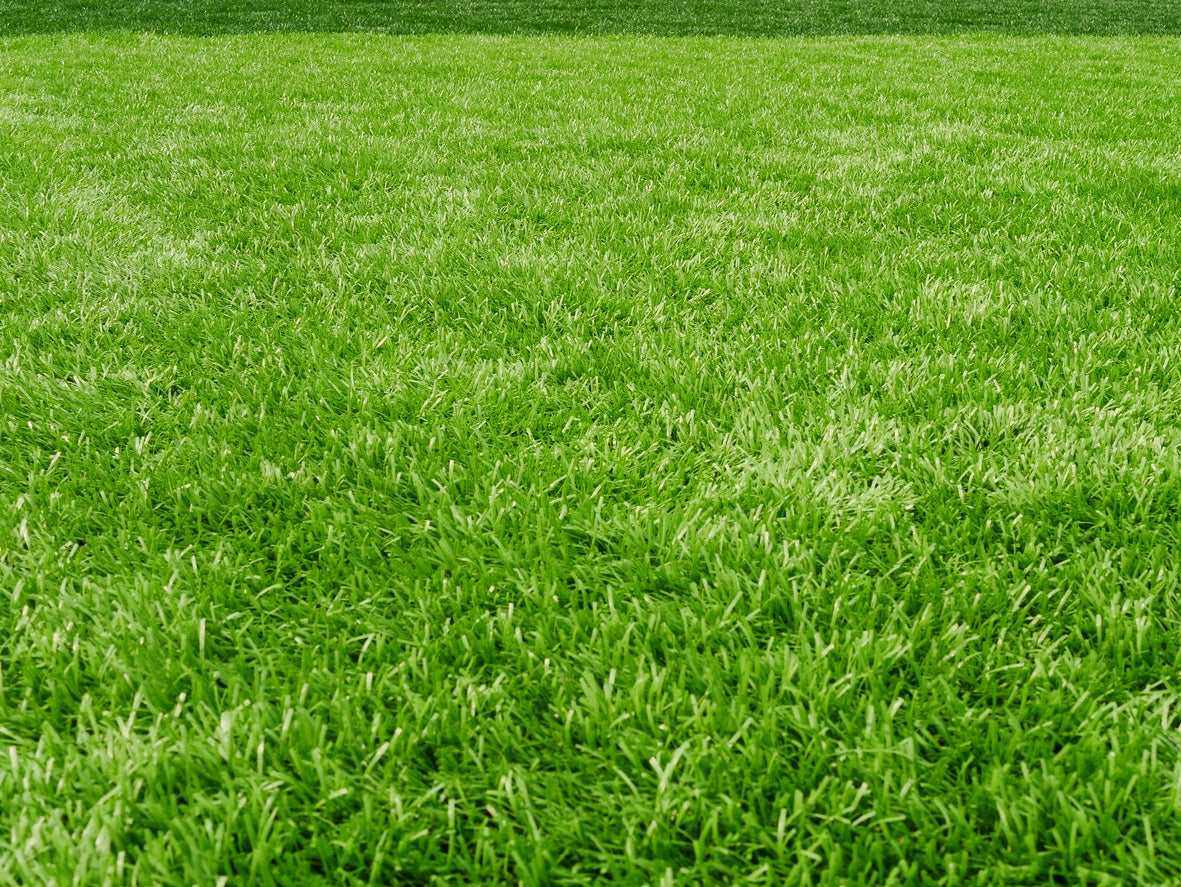Lowering pH Of Grass – How To Make A Lawn More Acidic


Most plants prefer a soil pH of 6.0 to 7.0, but a few like things a bit more acidic, while some need a lower pH. Turf grass prefers a pH of 6.5 to 7.0. If the lawn pH is too high, the plant will have trouble up taking nutrients and certain important microorganisms will be in short supply. Keep reading to learn how to make a lawn more acidic or lower yard pH
Help, My Lawn pH is Too High!
Soil pH is represented by a rating of 0 to 10. The lower the number, the higher the acidity. The neutral point is 7.0, and any number above this is more alkaline. Some turf grasses like a bit more acidity, such as centipede grass, but most are fine around 6.5. In high pH soils, you often need to lower yard pH. This is relatively easy but should start first with a simple soil test to determine how much acidity needs to be added.
A soil test can be purchased online or at most nurseries. They are easy to use and most give accurate readings. You just need a little soil to mix in the provided container with the chemicals. An easy color-coded chart will explain the pH of your soil.
Or you can do it yourself. In a small bowl, collect a bit of soil and add distilled water until it is paste like. Pour white vinegar into the bowl. If it fizzes, the soil is alkaline; no fizz means acidic. You can also replace the vinegar with baking soda with the opposite effect – if it fizzes, it’s acidic and, if not, it’s alkaline. No reaction with either means the soil is neutral.
Once you have determined which way to go, it is time to either sweeten (neutralize) or sour (acidify) your soil. You can raise pH with lime or even wood ash, and lower it with sulfur or acidic fertilizers.
How to Lower Lawn pH
Lowering pH of grass will acidify the soil, so if your test revealed alkaline soil, that is the direction to go. This will lower the number and make it more acidic. A lower lawn pH can be achieved with sulfur or a fertilizer made for acid-loving plants.
Sulfur is best used prior to planting or installing a lawn and takes several months to break down for plant uptake. Therefore, apply it well in advance of installing the grass. You can also achieve the same effect by working in sphagnum moss or compost. Acidic fertilizers are easy to use and probably the simplest way to lower pH in existing lawn situations.
Sign up for the Gardening Know How newsletter today and receive a free copy of our e-book "How to Grow Delicious Tomatoes".
As usual, it is best to follow manufacturer's instructions regarding amounts, methods, and timing of fertilizer application. Avoid products such as ammonium sulfate, which can burn grass. Ammonium nitrate is a better option for turf grass, but products containing urea or amino acids will gradually acidify your soil.
The overall recommendation is 5 pounds per 1,000 square feet (2 kg. per 305 sq. m.). It is best to avoid applying the product during the hottest part of the day and to water it in well. In just a short while, your grass will be happier and healthier.

Bonnie Grant is a professional landscaper with a Certification in Urban Gardening. She has been gardening and writing for 15 years. A former professional chef, she has a passion for edible landscaping.